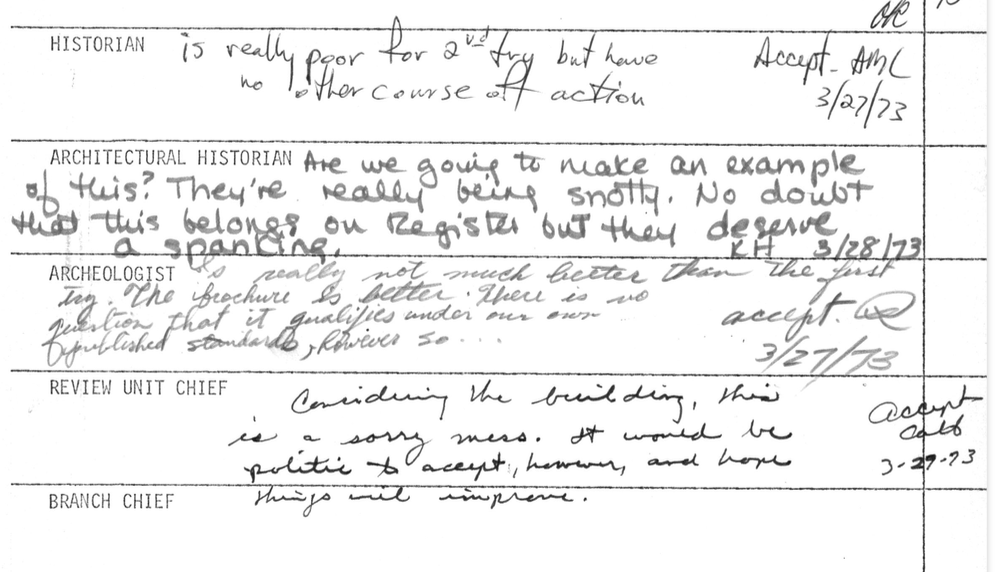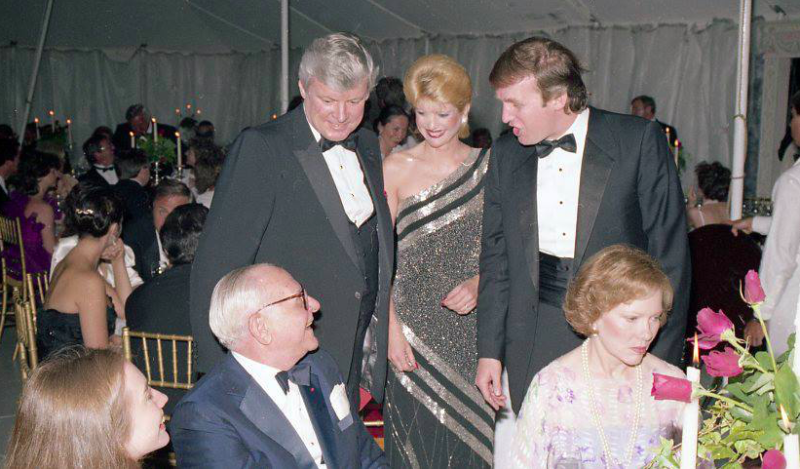Call it a case of hidden history, starting back in 1971 a multi-year back-and-forth between Kentucky administrative staffers and Washington D.C. historians ensued all in an effort to add the Kentucky State Capitol building to the register of historic places.
The latest step back in time started under Gov. Louie B. Nunn, elected in 1967 he was the lone Republican to hold the seat between 1947 and Gov. Ernie Fletcher in 2003. What Nunn’s administration started in 1971 would not go on to be approved until multiple more attempts were made under a new administration, finally resulting in approval two years later in mid-1973.
Records, obtained by Kentucky Fried Politics via a search of the National Archives, show the Kentucky Heritage Commission (now the Heritage Council) submitted multiple times.
“Since the time of its completion, the Kentucky State Capitol Building has contained the office of the Governor, Lieutenant Governor and their Administrative staff, as well as many other important state offices. It has also served as the bienniam [sic] meeting place of the Kentucky General Assembly. Since January, 1910, all State Legislation has been voted on and become law in the Chambers of this building. Governors, Legislators, and other state officials have gained political prominence in careers launched in the halls and rooms of the Kentucky State Capitol Building,” a 1973 statement of significance reads.
Bureaucrats in Washington D.C. were not impressed with the submissions.
In 1971 an unidentified historian writes, “the subject is worthy of better preparation,” in internal forms. By 1972 there are still issues, as an architect for National Register of Historic Places, United States Department of the Interior writes,” their statement of significance is a lot of garbage.” The application was sent back, and asked to be amended and resubmitted.
A resubmitted application in 1973 was again rejected. Staffers in Washington D.C. were still were not thrilled with the application, a historian writing, “is really poor for a 2nd try, but we have no other course of action.”
An architectural historian is even more cheeky in his response to the resubmitted application.
“Are we going to make an example of this? They’re really being snotty. No doubt this belongs on Register, but they deserve a spanking,” the unidentified architect writes in 1973.
A review unit chief calls Kentucky’s application, a “sorry mess.”

The application was again denied in January of 1973 and resubmitted in March of that year. Washington finally relented and added the Kentucky State Capitol to the National Register in April of 1973.
Read the full correspondence and the application for yourself in the pdf below or download it at the link.




 Login
Login  Must include at least 8 charaters
Must include at least 8 charaters




